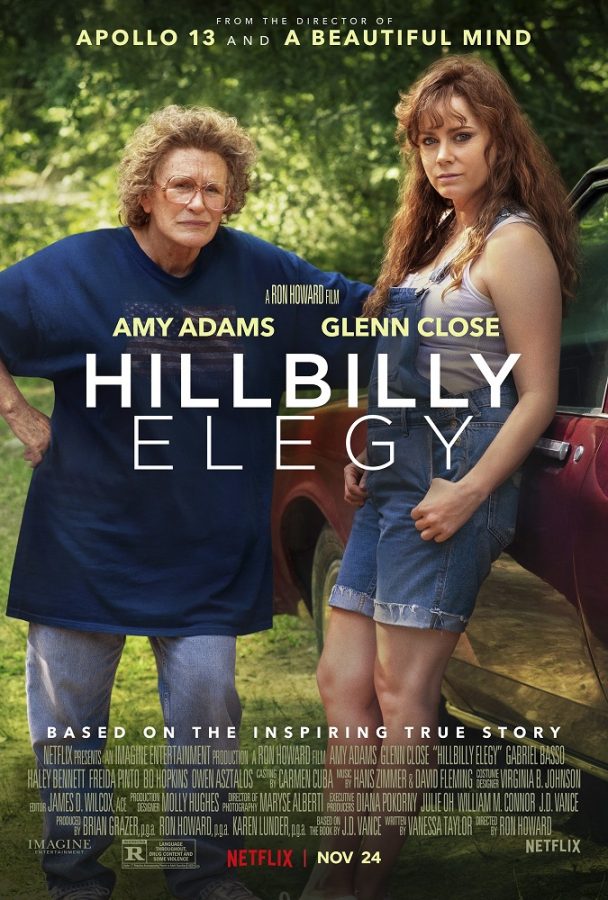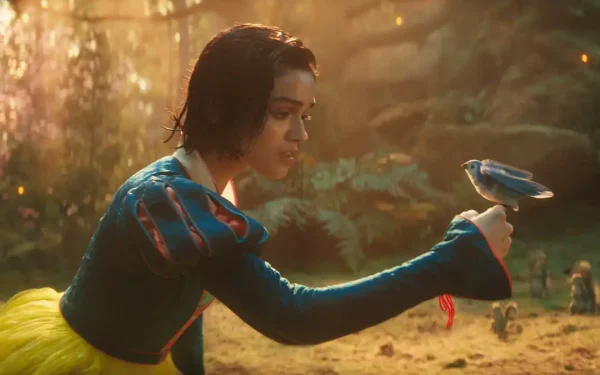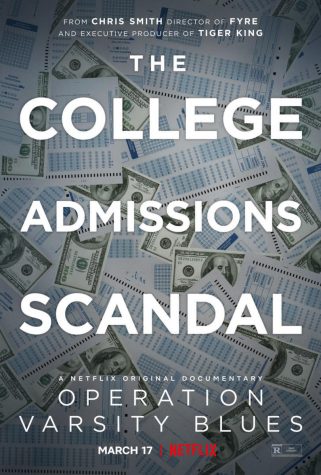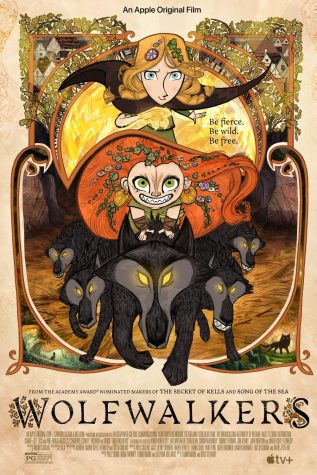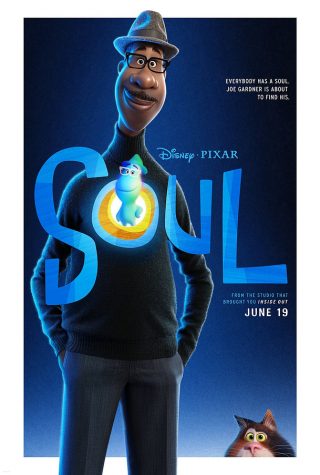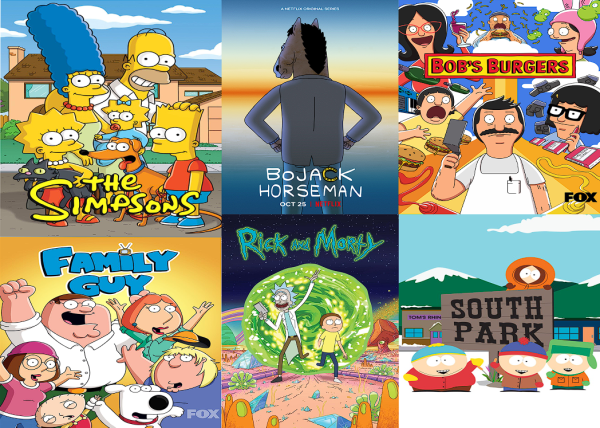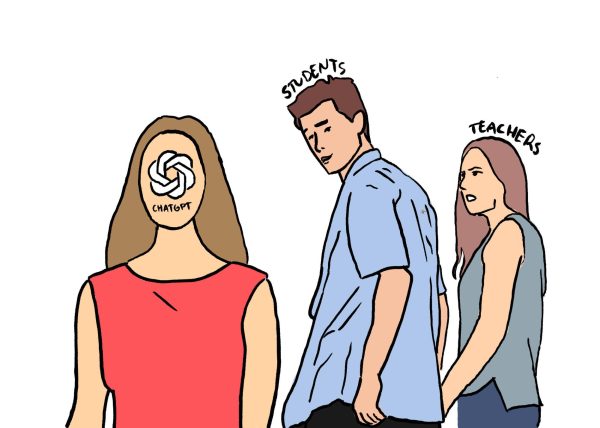“Hillbilly Elegy” should stay in the hills
photo by Netflix
This is the movie poster for “Hillbilly Elegy,” released in theaters on Nov. 11 and to Netflix on Nov. 24.
Appalachia: a region full of unique culture, but marked with hardships. Released in theaters on Nov. 11 and on Netflix on Nov. 24, “Hillbilly Elegy” tells the story of poverty-stricken working class communities in the Appalachians through the eyes of J.D. Vance (Gabriel Basso). Vance, a law student at Yale, drives 10 hours to his hometown of Middletown, Ohio after receiving word from his sister Lindsay (Haley Bennet) of his mother Bev’s (Amy Adams) heroin overdose.
While the film’s serious topics provided all the ingredients for a meaningful story, it was difficult to follow.
Based on J.D. Vance’s memoir, “Hillbilly Elegy,” the film adaptation contains some elements that closely follow the original plot, but fundamentally alters its introduction. In the book, he waits until graduation to go back home, but in the movie, Vance risks missing a valuable internship interview that could pay for his law school tuition if he does not get back to New Haven the next day. While this makes the situation more high-stakes, it barely gives any time to fully flesh out the issue of his mom’s overdose.
Throughout the movie, Vance reflects on his upbringing with flashbacks. Although Bev was unstable, grandma Mamaw (Glenn Close) influenced him to abandon his bad friend group and concentrate on academics instead. Although there were some nice elements, the overall storyline felt incomplete. At its core, one could understand the main themes of domestic abuse, perpetual poverty and drug addiction. There are certain eye-opening scenes that force the audience to pay attention, such as an explosive fight between J.D and Bev, one that almost crashes their car. But at the same time, it fails to explore the effects of these concepts on Vance and his family. While several scenes tackled these dark topics, the plot was not cohesively structured, which made it much harder to piece together any messages the film wanted to tell.
The incoherent structure of “Hillbilly Elegy” is only worsened by its poor editing, which constantly switched between the yellow-toned past from 14 years ago and the dreary blue present. The color contrast was a great touch to distinguish and show change between the two time references, but it was met with awkward jump cuts. Every time a scene would increase in intensity, it would immediately cut back to the other lens, losing all suspense and making scenes feel disconnected. On top of the flashbacks to the immediate past, more flashbacks were layered in between, at one point going back to a young Mamaw fighting with her husband; this made it difficult to follow along.
Despite a disconnected storyline, the acting was phenomenal. With 13 Oscar nominations between them, Adams and Close effectively play their respective characters: Adams as the drug-addicted and harsh, but caring mom and Close as the brash but sincere grandmother. The best scenes had to have been their interactions with one another; the extreme emotion displayed by both in their arguments over Bev’s treatment of J.D. was powerful, making their problems feel raw and real.
In terms of appearance, however, each actor resembled their real-life counterparts almost too well. Most notably, when the credits played and photos and videos showcased the original family, Close was indistinguishable from Mamaw, right down to the big, poofy hair and large square glasses.
There were some good parts of the movie — when J.D. holds his mom’s hand while she’s crying hits home because of the nature of their relationship; funny moments like when their neighbor says that they’ve got dogs that bite and the camera pans to two corgis provided deadpan humor and a nice touch.
The concepts and issues that “Hillbilly Elegy” addresses are important and need to be brought into the conversation more often. Nevertheless, the problems with the film’s structure and plot development make the two hours spent watching “Hillbilly Elegy” feel like an eternity. The Appalachia region deserved a movie that better explores these issues instead of one that appeals to industry standards.
Your donation will support the student journalists of Hagerty High School. Your contribution helps us publish six issues of the BluePrint and cover our annual website hosting costs. Thank you so much!


